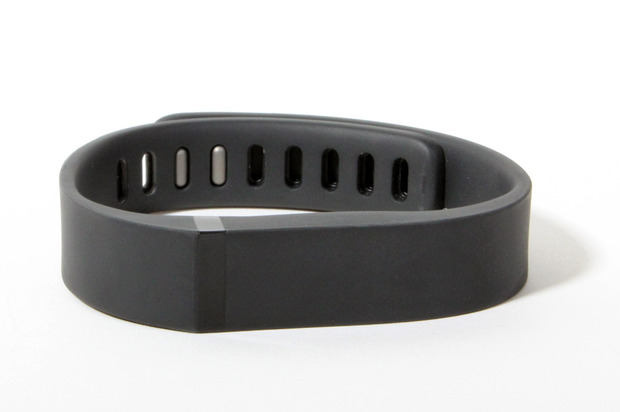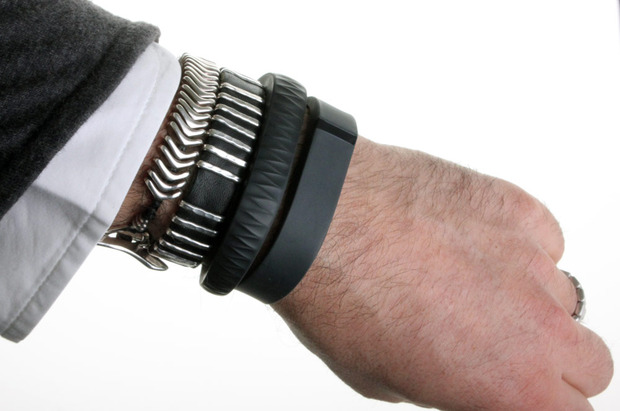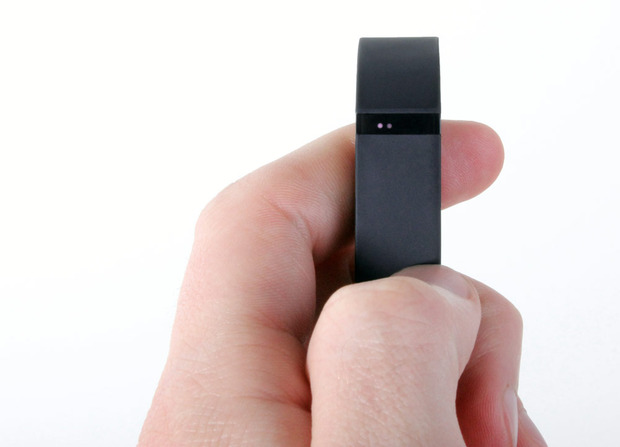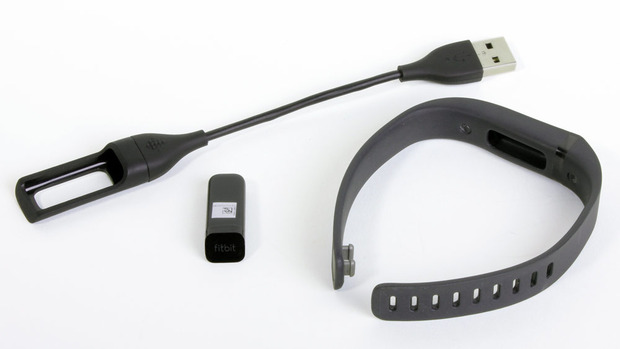Fitbit Flex
The latest wearable activity monitor features a low-energy Bluetooth sync and streamlined design


Personal activity monitors are among the most common wearable computers, though their sophistication has advanced significantly since the days of the pager-like pedometer. The best of these devices have migrated from the hip to the wrist and offer highly detailed insight aimed to help people live healthier lives. Whether it’s through gamification with the Nike FuelBand or the rich visuals of the Jawbone UP, the bracelet form-factor has proven useful, usable and desirable among those who care to quantify their daily activities. Today, Fitbit—an already well-established member in the wearable market, introduces Flex to compete directly with the FuelBand and the UP for a space on your wrist.

After about a week of wearing it in, I’m really enjoying several aspects of the Flex: it’s lightweight, comfortable and aesthetically subtle. Taking a minimal approach, the Flex lacks the graphic flash of the FuelBand, instead opting for a simple string of LED lights. Each light represents 20% of your goal, to give you a rough estimation of where you are in terms of reaching your goal on either steps, calories or distance (your choice). The simple status report is activated by a tap-on interface, which also enables you to switch modes between activity monitoring and sleep monitoring. Another benefit to the minimal display is the impressive battery life, which is said to last up to two weeks after a full charge via USB.

Syncing is a snap as long as you have an iPhone or one of a few compatible Androids. The low energy, Bluetooth-enabled Fitbit app makes it super easy to access and upload the data it constantly communicates throughout the day. Such data from the Flex is presented alongside information from any of your other Fitbit devices—in my case, the Aria Wi-Fi-connected scale. While the sparse information graphics communicate what you need to know, it doesn’t offer the richness and insight you get from competitive apps. In terms of accuracy, the numbers weren’t identical to what the Jawbone UP reported (which I was also wearing), but for me, the value of this data is more in the relative comparison of day-to-day, not in the exactness of steps taken or minutes slept.


Enabled through Facebook, the Flex offers a taste of the community connectivity that both the FuelBand and the UP place a lot of importance on. While Nike takes a more competitive angle, the Flex aligns with both bands’ community focus angle to push you toward your goal. In both cases, we can see that keeping an eye on your friends’ progress can also be a motivational tool.

After an honest trial period with all three activity monitors mentioned here, I admittedly feel that there is yet to be a single device in this space that is completely perfect. If the Jawbone UP and the Fitbit Flex could have a lovechild, winning the best attributes from each of its parents, I would likely be more satisfied. Specifically, the UP’s app design and attention to detail is unrivaled, while the simple display and ease of syncing earns the Flex our nod in terms of hardware. Plus, because you can remove the Flex from its band, you can get multiple colors to match your mood for the day. With all this in mind, we suggest seeing for yourself. The Fitbit Flex is now available for an accessible $100.












